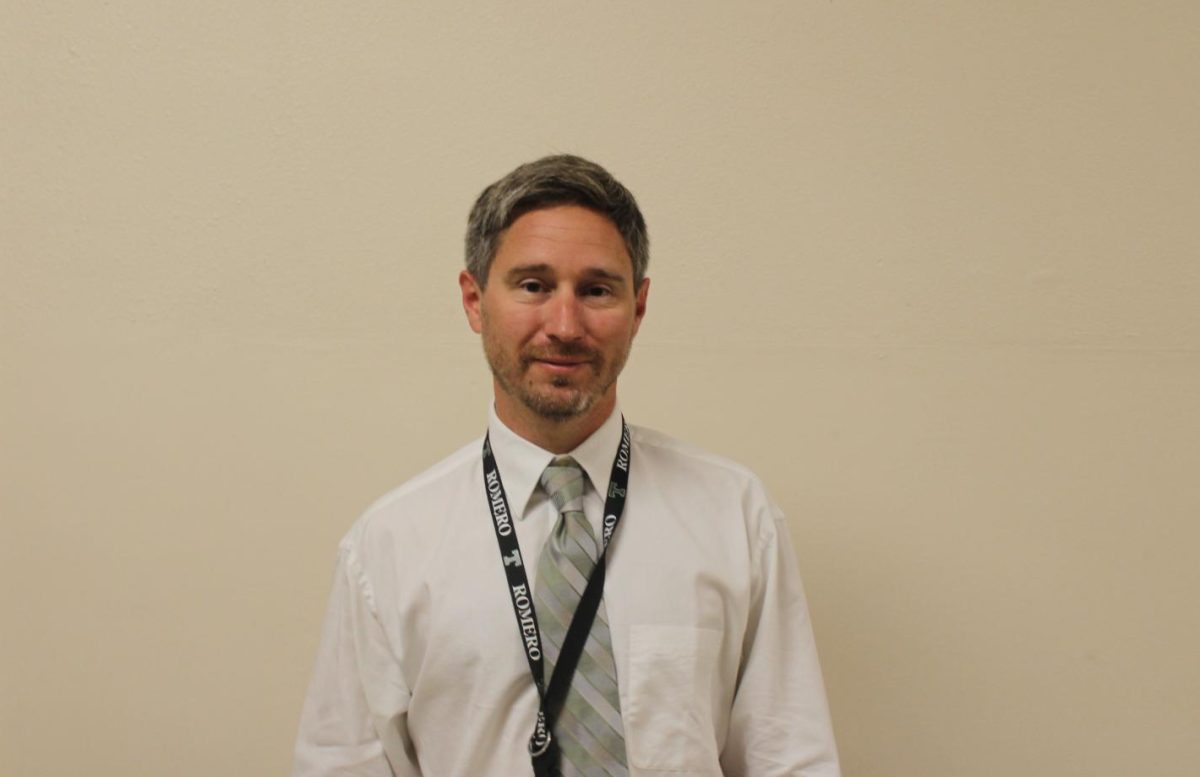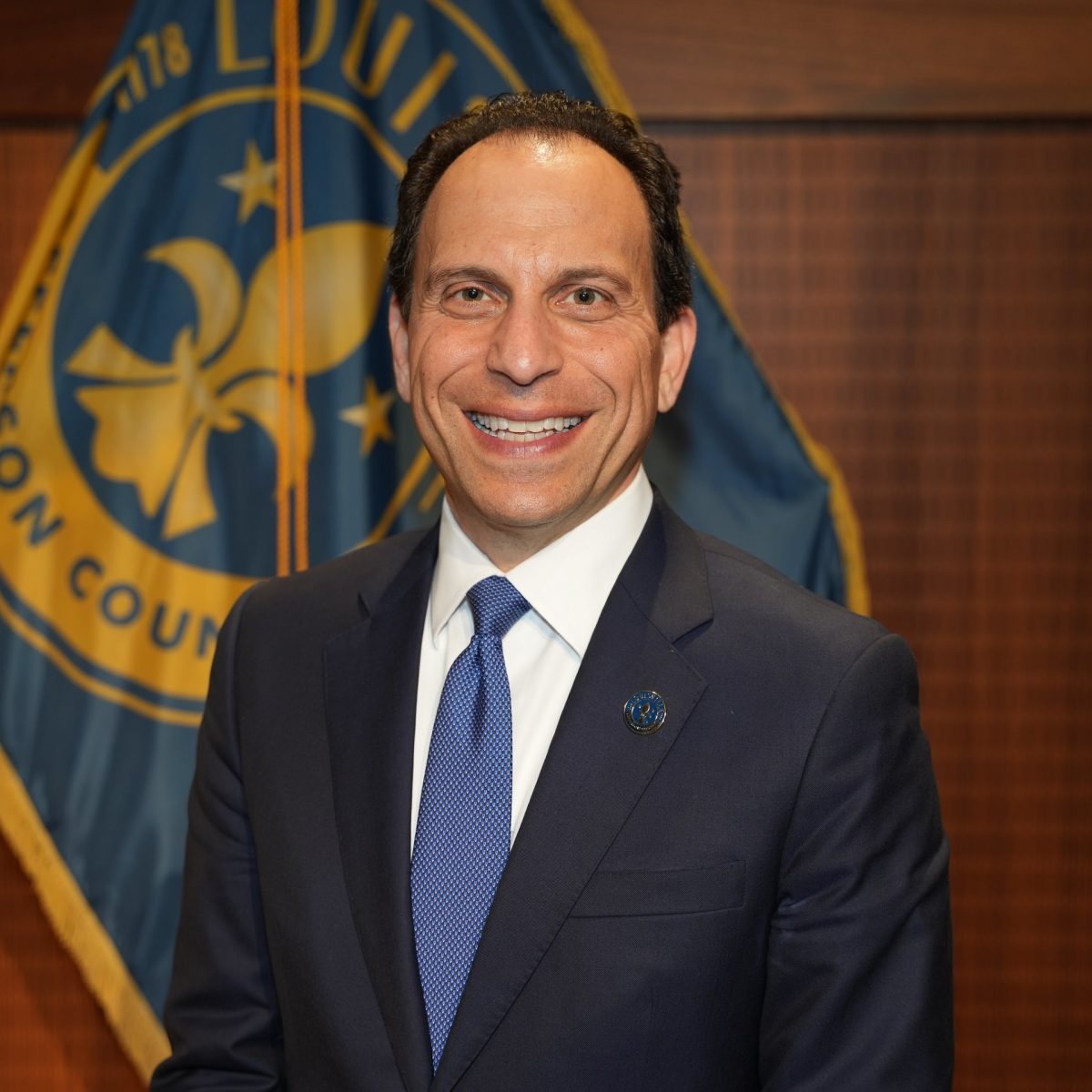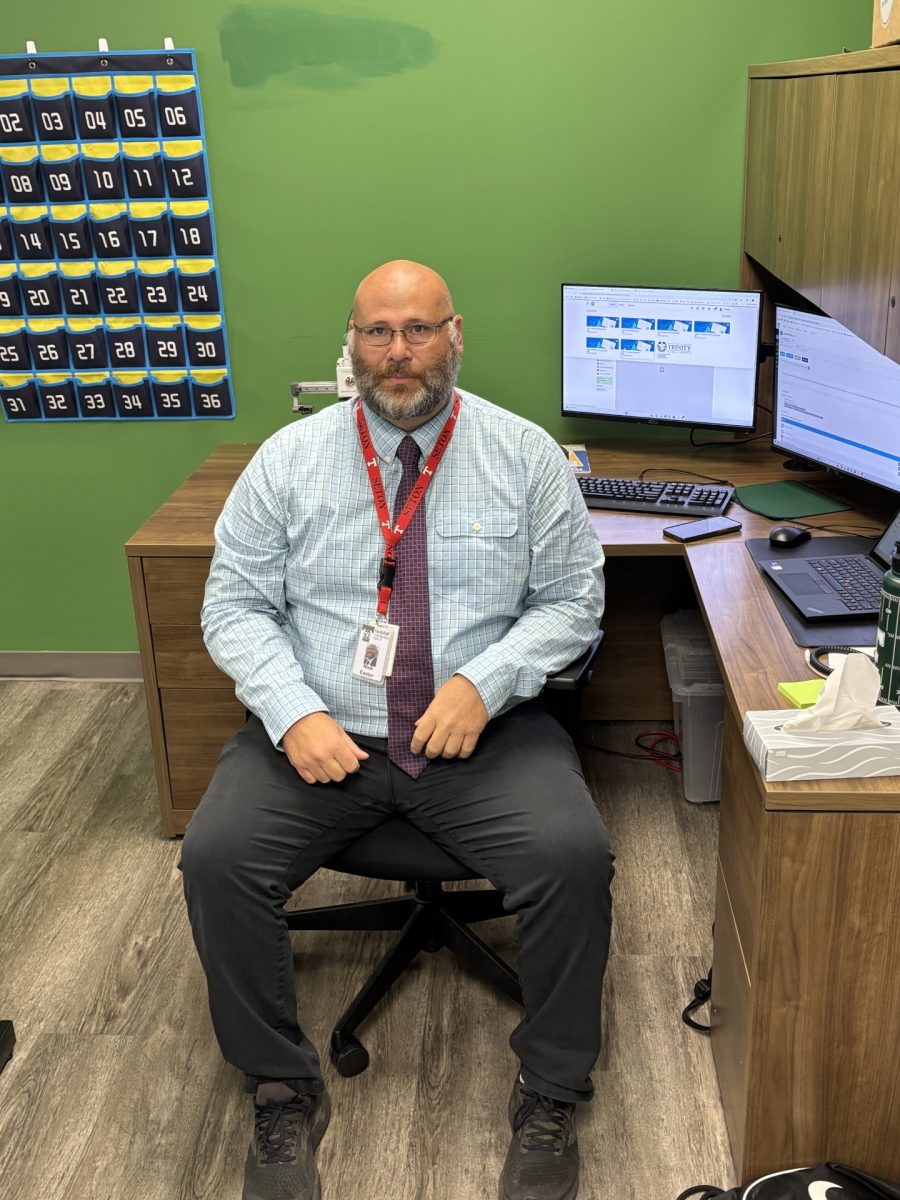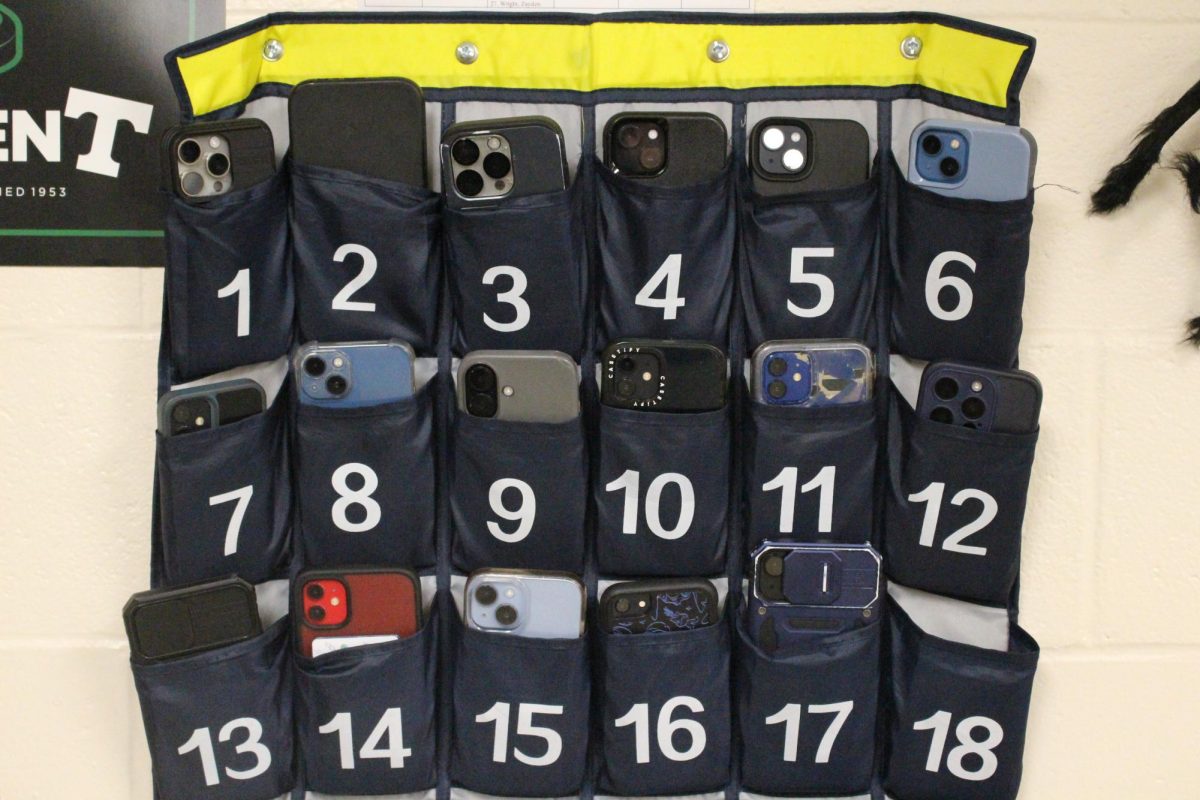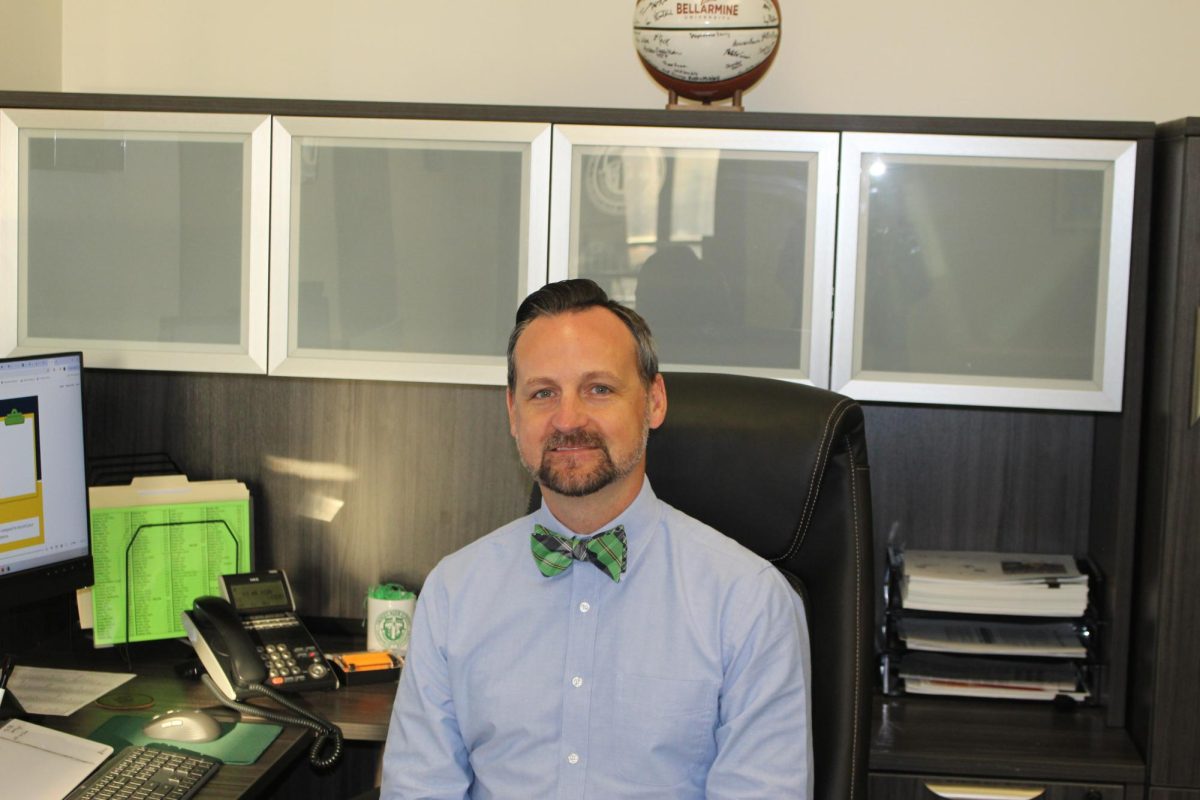As many students have noticed through recent mental health talks, Trinity has doubled down on initiatives to improve student well-being, spurred on by statewide efforts such as Kentucky Senate Bill 2.
The number of youth experiencing mental health issues such as depression and anxiety has recently spiked. The United Nations Children’s Fund (UNICEF) estimates that 13% of adolescents globally live with a mental disorder, yet in America it is about three times that amount (CDC). Within the last decade, the percentage of young people with depressive symptoms has increased by 40%, according to the Youth Risk Behavior Survey conducted by the Centers for Disease Control and Prevention (CDC). This is clearly an enormous issue, and not at all something “normal.” According to the American College Health Association, the percentage of students with diagnosed mental illness has doubled over the past decade. When nearly 10% of high school students report having attempted suicide, it’s clear that action must be taken (CDC).
In the 2024 legislative session, Kentucky passed Senate Bill 2 (24RS SB2). Enacted into law, this requires schools to conduct suicide prevention and awareness programs twice per school year. It also requires the Kentucky Department of Education to train mental health professionals and monitor the number of these counselors available at schools throughout the commonwealth. While this applies only to public school districts, “the Archdiocese of Louisville is trying to align with those recommendations as closely as possible,” said Emily Waford, a counselor at Trinity High School.
Trinity has taken full advantage of this support from the Archdiocese as a school committed to student well-being. According to Waford, Trinity faculty completed suicide prevention training as part of their professional development over the summer. Signs of Suicide (SOS), the program all students experienced this year, is provided by the Archdiocese to all of its schools. The program’s goal is to make “the action step—ACT—as instinctual a response as the Heimlich maneuver and as familiar an acronym as CPR” (Robert H. Aseltine Jr., Amy James, Elizabeth A. Schilling, and Jaime Glanovsky). It was found to have reduced reported suicide attempts by 40% within three months. While not perfect, the SOS program was evaluated as “promising” by the Suicide Prevention Resource Center (SPRC) and placed on the National Registry of Evidence-Based Programs and Practices (NREPP). As it is a new initiative, Waford stated that counselors will “evaluate and plan what we want to do next semester” after receiving feedback. The counselors are also seeking suggestions from students to make mental health services more accessible.
Trinity has a distinctive school culture that emphasizes brotherhood and respect. Waford highlighted that “we have so many opportunities for student engagement and student support.” However, even in an environment that works hard to connect students, some still feel withdrawn, isolated, and disengaged. This is consistent with findings from Jean M. Twenge, Jonathan Haidt, Andrew B. Blake, Cooper McAllister, Hannah Lemon, and Astrid Le Roy, who found a worldwide increase in school loneliness that heavily correlates with social media usage. Raphael Schütz, Franziska Reiss, Irene Moor, Anne Kaman, and Ludwig Bilz found that “greater social support is linked to reduced loneliness and better mental health.” This is supported by research from Michigan State University scholars Junwen M. Hu, Sophia Balow, Jingbo Meng, Morgan Ellithorpe, and Dar Meshi, who found that low social network density correlates significantly with depressive symptoms. Social support interventions can improve school connectedness (up to 51%) and greatly decrease depressive symptoms. While Trinity doesn’t have formal interventions, it has a school culture that encourages the connectedness shown to be so beneficial to mental health. Waford named the House System as one example of boosting school connectedness. She also pointed out the active efforts counselors have been making—even before this initiative—to reach students “on the fringe.”
Nobody should be surprised that Trinity is full of men. Mental health trends are almost universally divided by gender more than anything else. The CDC has found that teen suicide rates for men are around three times those of women, even though suicidal thoughts and self-harm are significantly more prevalent among women. This can be partly explained by the difference between internalizing and externalizing mental disorders. Internalizing disorders, such as anxiety and depression, are much more common among young women than men. Men more often exhibit externalizing disorders, which include crime, violence, and drug use. Waford explained this divide as stemming from cultural stigma surrounding men’s emotions and mental health. She noted that “young men seek less help than women,” typically feeling reluctant to seek “emotional support.” Waford continued, “young men are taught by society not to express sadness because they equate it with weakness, so instead, young men are taught that the only socially sanctioned emotion to express is anger.” This built-up anger leads to externalizing disorders that are preventable with help. Understanding that certain behaviors are a sign of poor mental health instead of mere “bad behavior” is key for mental health professionals and parents alike.
Smartphones and social media use come up as some of the most influential factors in modern mental health compared with past generations. Waford doesn’t believe that social media is “100% the answer,” but she has observed how “students [reach] for their phone to get their social fix.” Parents frequently remark that high schoolers don’t hang out with friends the way they used to. This is consistent with findings from “Monitoring the Future”, which found that the percentage of high school students seeing their friends every day has decreased by 50% since 1950. The average number of minutes spent with friends per day was 200% higher only a decade ago.
While harmful, social media is undeniably used by nearly everyone. Overconsumption is the problem—even water can be dangerous if you drink too much. A large study from Przybylski and Weinstein found that moderate screen time “is not intrinsically harmful and may even be advantageous in a connected world”. While students may be spending less time with their friends, they are also more connected with them. This can be observed at Trinity, with many students taking time between classes to “touch base” with friends or partners outside of school. This is exactly the beneficial type of interpersonal network that social media can support.
However hard it can be, it’s crucial to think critically about consumed media on, as Waford put it, “frictionless video apps,” which are motivated by advertisers to keep users hooked. Digital content can be a direct negative influence—such as internet pranksters showing high schoolers that blatant disrespect is acceptable and will be validated socially if perceived as “funny.” Social media can also make it extremely easy to disengage from the local community. As found by Hu and others, greater hours of problematic social media usage (PSMU) lead to a less dense social network and poorer mental health. It is important to note that PSMU does not mean any screen time—rather, it refers to addiction-level usage. Analyzing what can be beneficial or harmful, research seems to suggest that most people would be better off without a “computer phone”—an idea that Waford said she would certainly get behind.
There is no denying that societal trends in mental health are alarming. Especially among young men, the rates of violence and suicide are high, and the social stigma surrounding men’s mental health and vulnerability does not seem to be fading. During times like this, it is important to remember that Trinity has services to help. If you are having a rough time, remember that nobody is alone in the struggle with mental health. Talk to someone you trust. Reach out to your counselor. People around you care and can help you get through what you are facing. There are resources available 24/7 through the 988 Lifeline.



